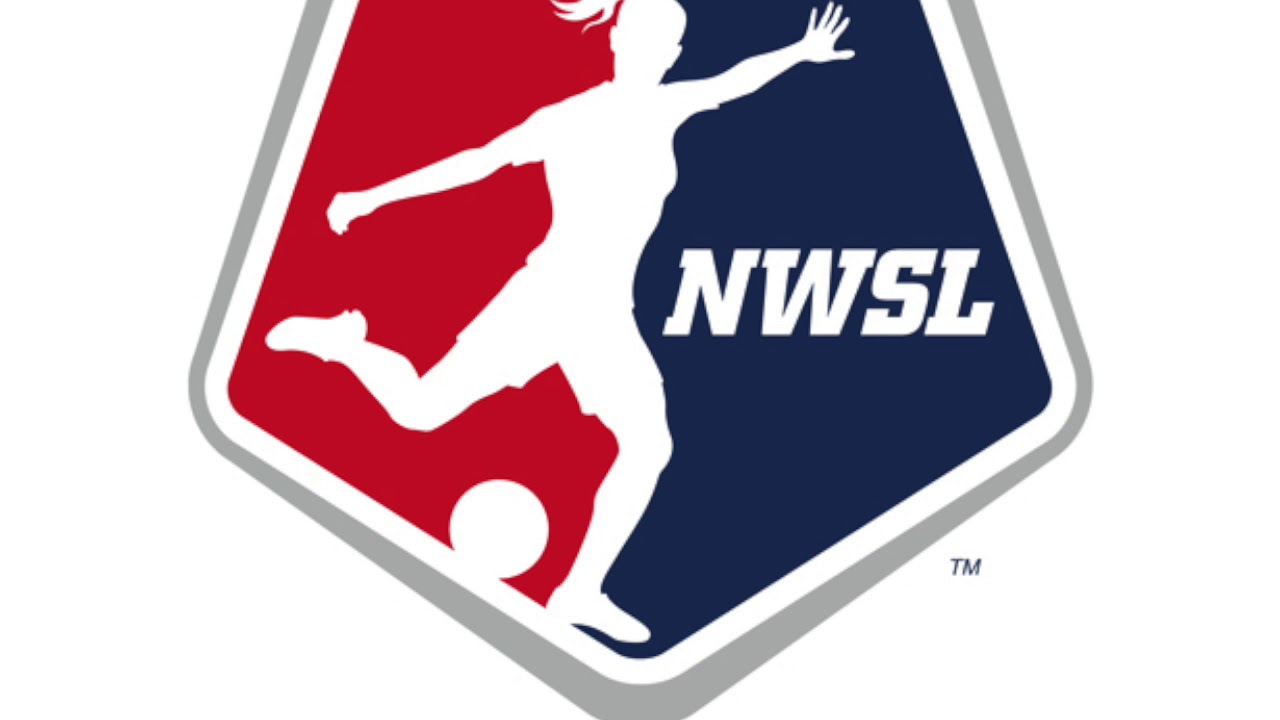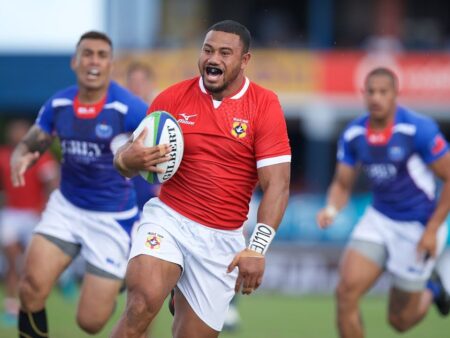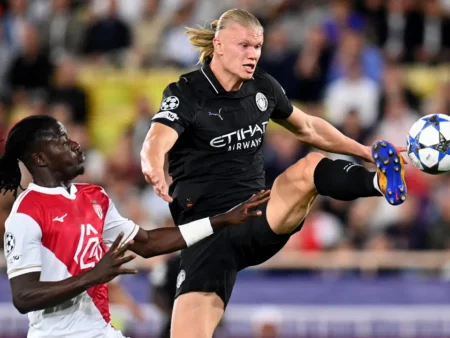
The National Women`s Soccer League (NWSL) has formally submitted an application to U.S. Soccer requesting permission to launch a Division II league starting in 2026. This move is primarily aimed at enhancing player development and represents a significant step in the ongoing evolution of the lower-league women`s soccer landscape in the United States.
According to documents, the application was filed on April 1st, including a detailed six-page letter signed by NWSL commissioner Jessica Berman and addressed to U.S. Soccer CEO and secretary general JT Batson. In her letter, Berman reportedly compared the proposed Division II league to the minor league baseball system, emphasizing that it is “imperative that NWSL creates a robust pipeline for world-class athletes to fuel the [existing Division I league’s] explosive growth.” The envisioned Division II league is described as a crucial transitional phase between college soccer and the professional game, providing young players with a space to gain experience with the technical, tactical, and mental demands of top-tier competition.
For the inaugural season of the Division II league, the NWSL has eight affiliated teams from its current Division I league lined up: Bay FC, Kansas City Current, North Carolina Courage, NJ/NY Gotham FC, Orlando Pride, Racing Louisville, Seattle Reign, and the Washington Spirit. These Division II teams are planned to play in the same stadiums as their corresponding Division I counterparts and will participate in a standard double round-robin league format, playing each team twice (once at home, once away). Following the 14-game regular season, there will be playoffs, featuring semifinals (No. 1 vs. No. 4, No. 2 vs. No. 3) and a championship match between the winners.
The league confirmed the proposal in a statement, affirming that they have formally applied to the United States Soccer Federation for a new Division II league. The NWSL stated its commitment as a global leader to meaningfully grow the sport, highlighting that the demand for professional soccer is at an all-time high. They expressed anticipation for building a strong foundation for future generations of players, officials, and coaches, and ensuring the continued advancement of the women`s game.
By enlisting existing NWSL teams, the proposed Division II league is expected to meet or exceed many of U.S. Soccer’s criteria for sanctioning. The federation typically requires a minimum of six teams in the first year for a Division II league, increasing to eight by the third year. Additionally, at least 50% of the teams need to be located in a metropolitan area with a population exceeding 500,000, and stadium capacity must be at least 2,000. All eight teams listed for the NWSL’s initial Division II season are reported to surpass both the population and stadium requirements.
It is anticipated that all Division I NWSL teams will form an affiliated second-tiered team within the first four years. At that point, the NWSL is projected to have at least 16 teams, including upcoming expansion teams in Boston and Denver set to join the NWSL next year. Teams not currently affiliated with the NWSL are also expected to be welcomed into the Division II league at a later stage.
Beyond serving as a development space, the second tier is intended to help clubs build roster depth, particularly now that the college draft has been abolished. It will provide a structured pathway for player development and a place for injured players to participate in rehabilitation games to regain match fitness before returning to the Division I team. Similarly, it offers opportunities for coaches, referees, and front office staff to hone their skills. The NWSL also sees the Division II league as a potential environment for testing creative marketing strategies aimed at expanding the fanbase for women`s soccer.
Furthermore, these second division teams would have the opportunity to play international exhibition matches against teams from other leagues and participate in any international tournaments for which they might qualify.
The Evolving Landscape of U.S. Women`s Soccer
The concept of a Division II reserve league is common across various sports landscapes. While the NWSL reportedly cited baseball as an example, similar models exist in soccer, such as most MLS teams having youth-focused squads in MLS Next Pro, a third-tier league in the U.S. men`s soccer structure. Many European clubs also maintain reserve teams that compete in lower divisions.
While such development templates have long been part of the global sporting environment, they are less prevalent in women`s sports historically due to underfunding. Currently, there is no official Division II women`s soccer league in the U.S. However, just last week, WPSL Pro announced its own plans to launch as a Division II league. WPSL Pro is supported by the Women`s Professional Soccer League, an amateur organization. This announcement included an upgrade in status from their initial Division III intent. The WPSL Pro, also planning to begin play in 2026, is likewise awaiting sanctioning from U.S. Soccer and could potentially compete with the NWSL Division II league if both are approved. U.S. Soccer has previously sanctioned multiple leagues within the same division, as seen when the USL and the former NASL both held Division II status in the men`s pyramid, and currently with the NWSL and the USL Super League both designated as Division I women`s leagues.
Focus on Youth Development
The NWSL is currently experiencing rapid growth, fueled by increased attention and investment in women`s sports. This momentum has enabled significant updates, including changes to player recruitment rules like more international roster spots and the elimination of the college draft. The growing resources available to the league and its teams allow stakeholders to address longstanding issues related to player development, a topic NWSL commissioner Jessica Berman highlighted previously.
Berman noted that the resources available to clubs for sophisticated scouting processes have prompted important discussions at the board level about investing in the “path to pro.” She suggested this investment is the “next chapter of this league’s growth,” and that it complements changes like eliminating the draft and implementing full free agency by strengthening the strategy for bringing talent into the league. Berman believes the U.S. possesses a vast amount of talent and sees a significant opportunity to use this initiative as a catalyst for greater investment in youth soccer.
Various stakeholders in women`s soccer have shown increased interest in creating clear avenues for young players to turn professional recently. This includes U.S. women`s national team head coach Emma Hayes, who is reportedly using the U-23 team more strategically as a reserve for the senior squad, and Washington Spirit owner Michele Kang, who has made significant investments aimed at supporting girls` and women`s programs.










